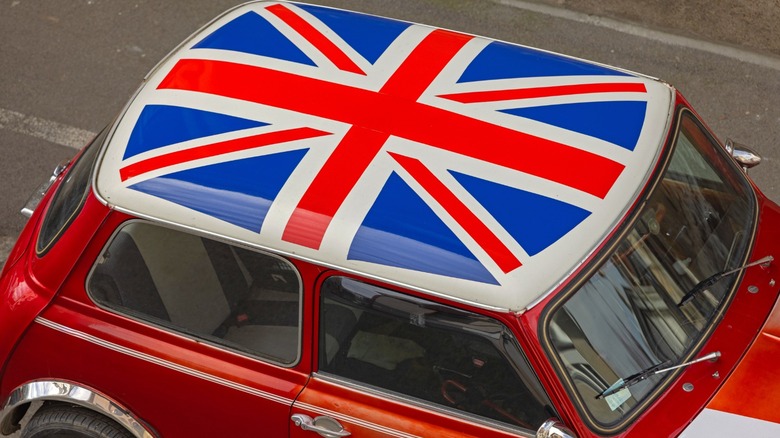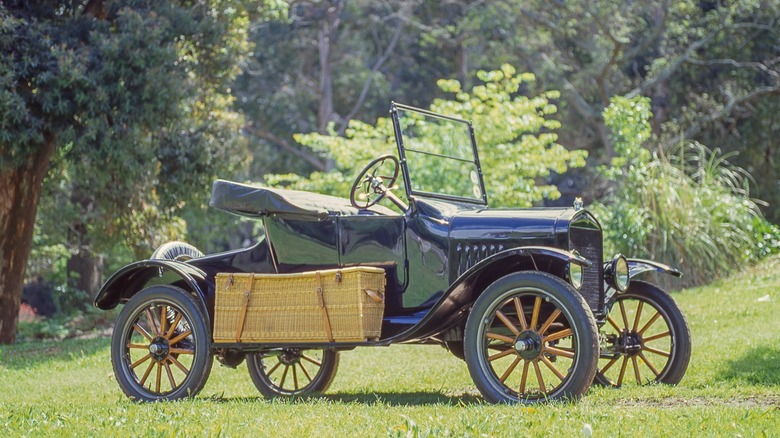Why Are Windshields Called 'Windscreens' In England?
The English language, as we know it, varies largely depending on what part of the world you visit. Dialects, cultures, geography, and influence from other languages surrounding it affect the language, and it changes with time. American and British English, while similar, have some fundamental differences in pronunciation, punctuation, grammar, spelling, vocabulary, and many others.
When it comes to the automobile industry, the vocabulary differences become even more stark. Americans call the front glass that protects the car's cabin from the wind a windshield, while the British (and most of the rest of the world) call it a windscreen. And that's just one example: the U.S. says car trunk, the U.K. says car boot, Americans say turn signals, Britons say indicators, trucks instead of lorries, and it goes on and on.
It may seem like it's just a random choice of words, but the way each country developed its own automotive language is rooted in deeper historical and industrial shifts. To understand why these car-related terms diverged, we need to look back at how the language and industry evolved on either side of the Atlantic.
What's the history behind the difference?
We should probably start by mentioning that "windscreen" is older than "windshield" as a word. The first recorded use of "windscreen" was in a translation by correspondent and secretary of the Royal Society, Henry Oldenburg, in the late 1600s — but it's very unlikely it's referring to a car since they were invented about 200 years later. "Windshield," on the other hand, was first recorded over a century later in the 1830s and also very unlikely related to any automobile.
When automobiles began appearing in the late 19th century and early 20th centuries (around when Ford Model Ts were becoming more mainstream), both Britain and America needed new terms for parts of this unfamiliar machine. Inventors, engineers, and early motorists were left to borrow or invent language as they went. In the U.S., the term "windshield" naturally described the glass panel that shielded drivers from the wind. Merriam-Webster cites 1902 as the first known use of the word in the context of a vehicle. Meanwhile, British English, with its longer tradition of using "screen" for protective barriers on other vehicles that came before cars, opted to call it a "windscreen." Proof of this is that Merriam-Webster cites 1858 as the first time the word was used as a screen that protects against the wind.
These terms stuck, not because one was more correct than the other, but because they reflected the way each culture talked about innovation: one shielding, the other screening.

